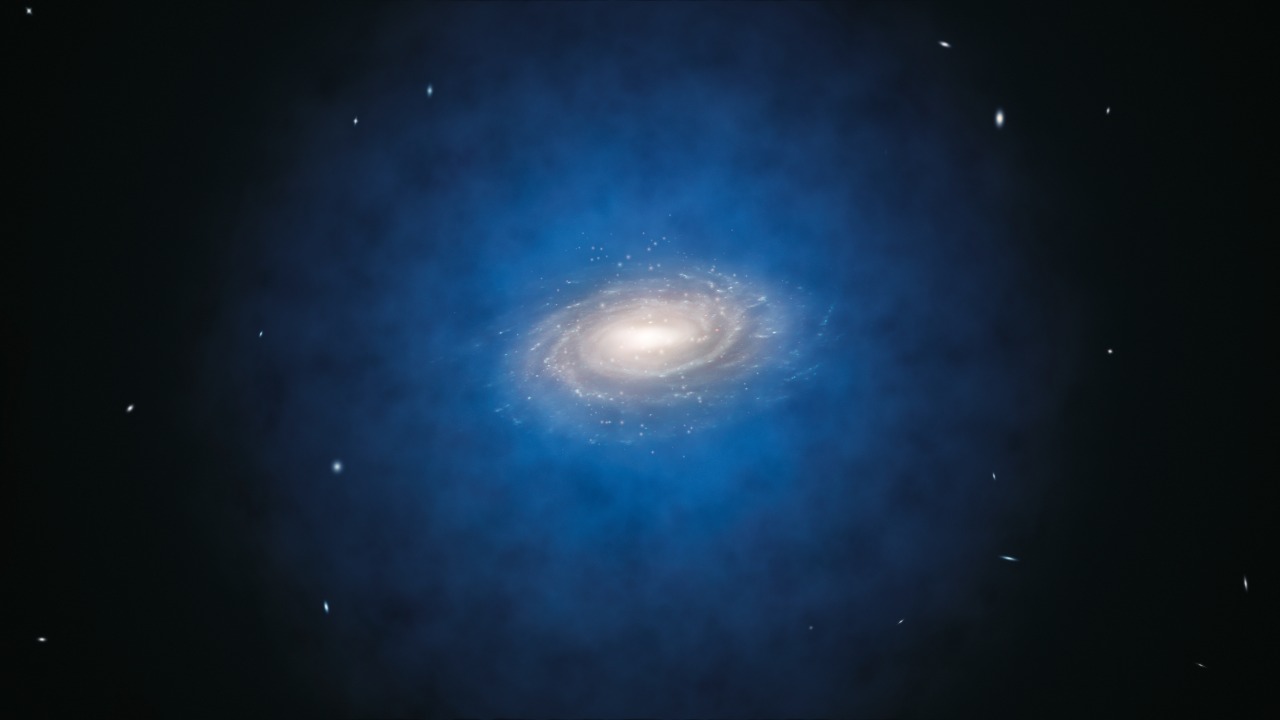
Astronomers have recently detected what could be the smallest clump of pure dark matter ever observed. This discovery, highlighting a compact structure unlike typical dark matter halos, could potentially reshape our understanding of the universe’s invisible mass and suggest new formation mechanisms from the early universe.[1]
Understanding Dark Matter Basics
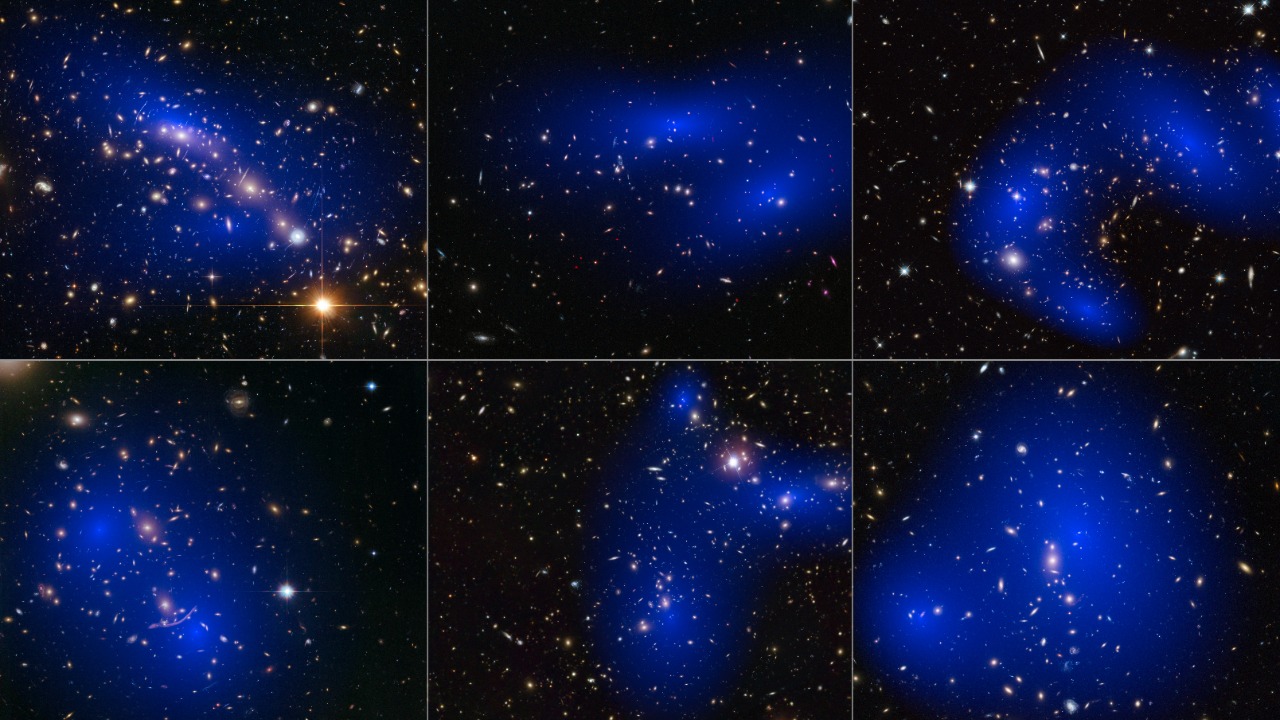
Dark matter, a fundamental component of the universe, is known for its gravitational effects on visible matter and its crucial role in galaxy formation. Unlike ordinary matter, dark matter does not rely on luminous emissions. Instead, it exerts its influence through gravity, shaping the cosmos without interacting with electromagnetic radiation.[2]
Despite its invisibility, dark matter’s presence is inferred from its gravitational effects on galaxies and galaxy clusters. It is believed to make up about 85% of the universe’s total matter, yet its nature remains one of the biggest mysteries in modern physics.[2]
The Discovery of the Clump
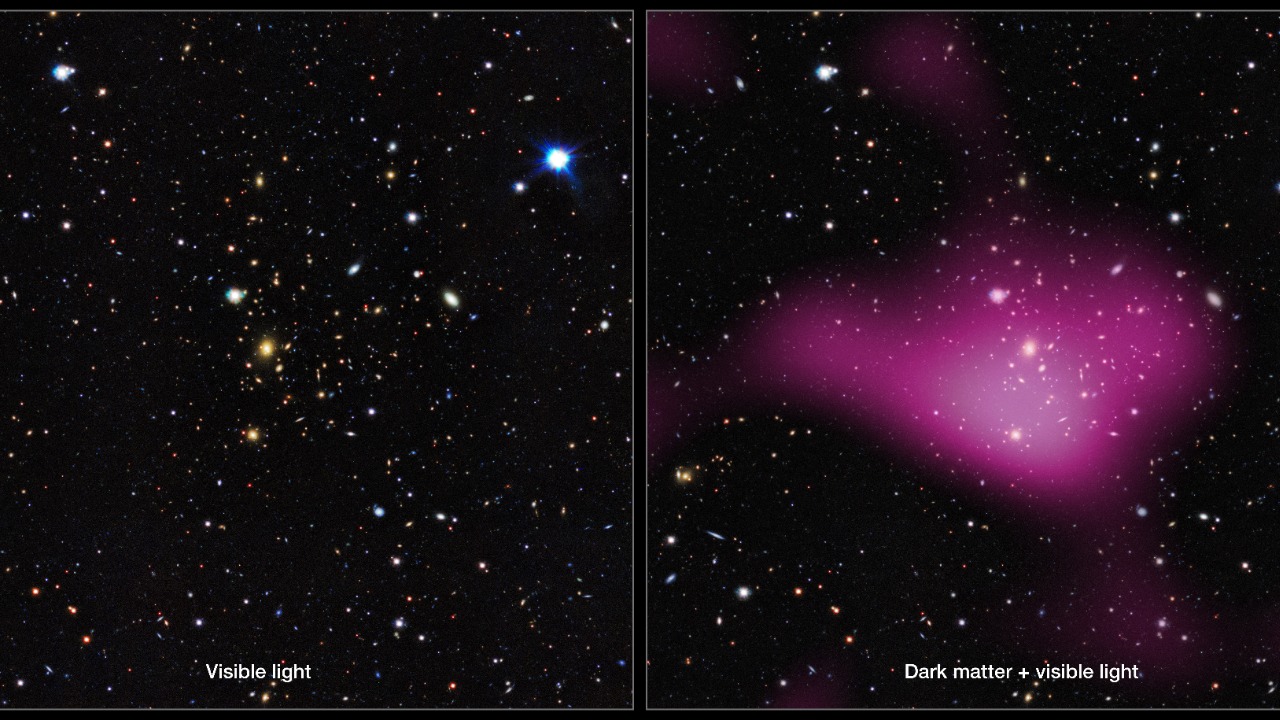
The detection of this potential smallest clump of pure dark matter was made possible through gravitational lensing, an observational technique that infers the presence of dark matter by observing the bending of light around massive objects. This method has allowed astronomers to infer the presence of this isolated dark matter structure.[1]
Estimates of the size and mass of the clump suggest it is significantly smaller than previously identified dark matter concentrations. This discovery could provide new insights into the nature and distribution of dark matter in the universe.[1]
Evidence Supporting Purity
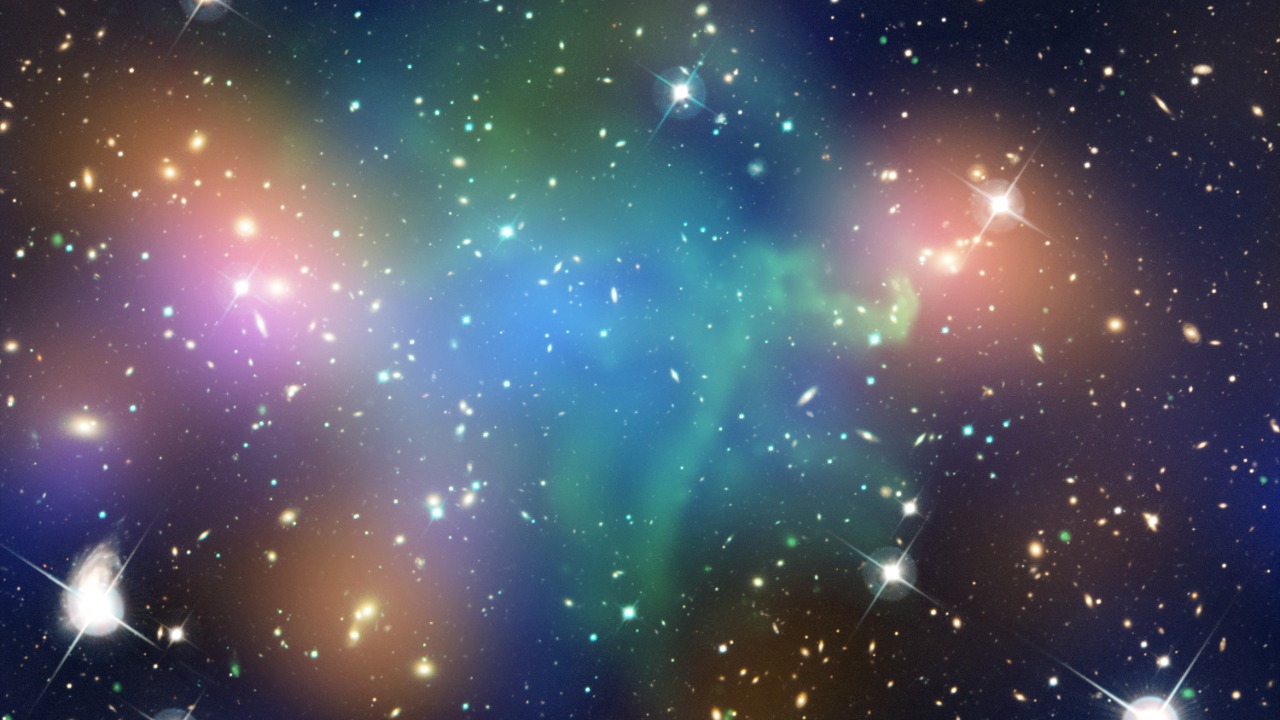
Spectroscopic and dynamical analyses indicate that the clump lacks significant contamination from baryonic matter, the type of matter that makes up stars, planets, and humans. This suggests that the clump’s composition is predominantly dark matter.[2]
Simulations and models further validate this conclusion, providing strong evidence for the clump’s purity. These findings could have significant implications for our understanding of dark matter and its role in the universe.[2]
Origins in the Early Universe
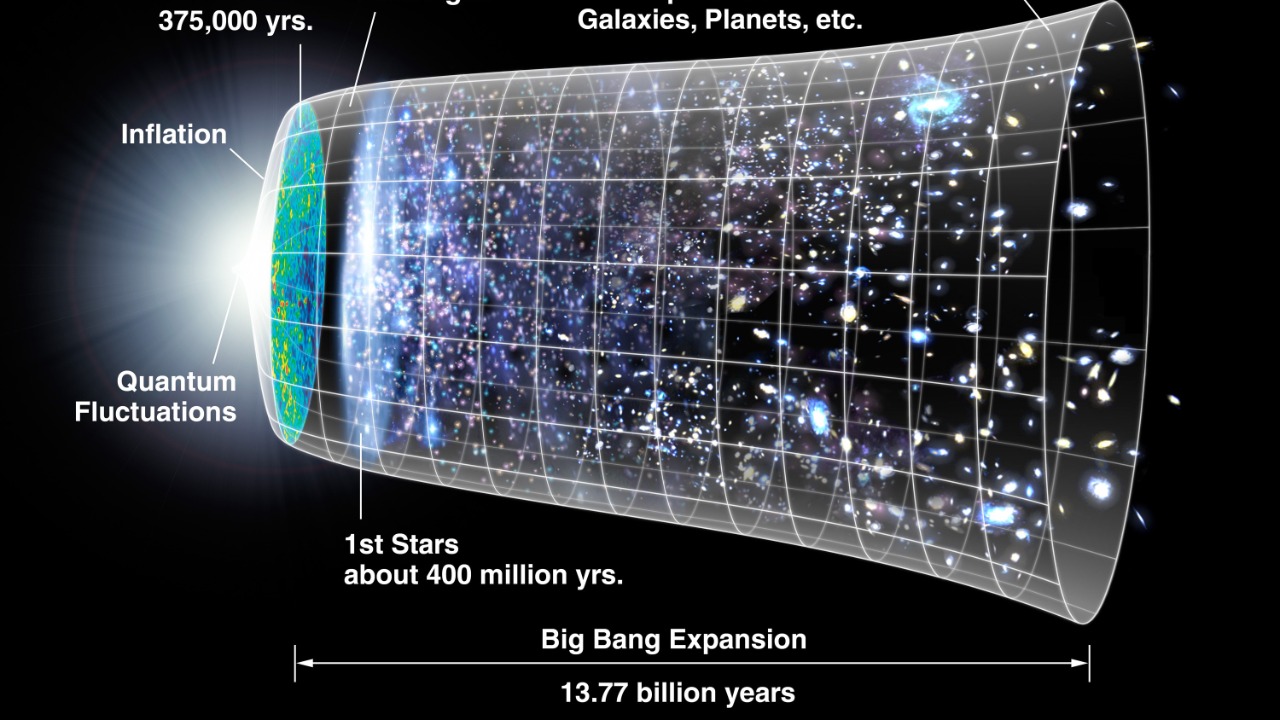
Theories suggest that this clump of dark matter could be linked to primordial fluctuations or remnants from the Big Bang, such as tiny black holes that formed shortly after the universe’s inception.[4]
This discovery is compared to hypothetical dark matter candidates like primordial black holes, which could account for the unseen mass in the universe. If confirmed, this could provide a new perspective on the origins and nature of dark matter.[4]
Implications for Cosmology
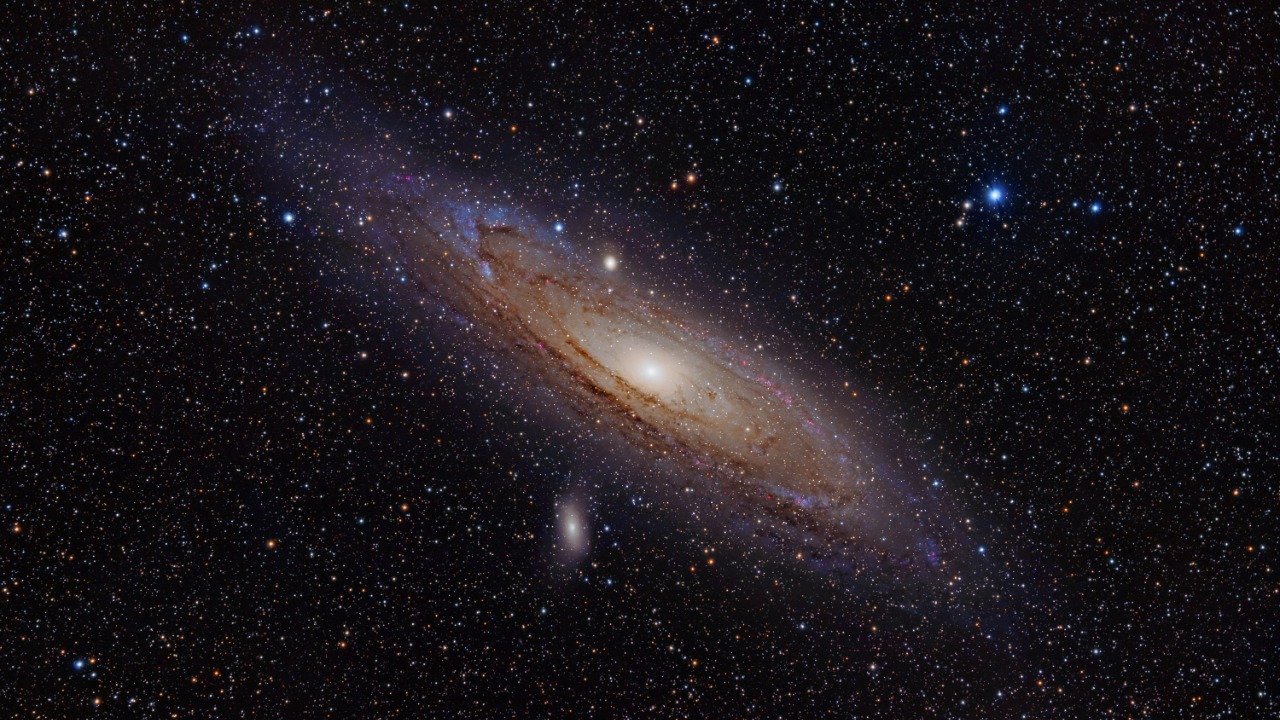
This small-scale structure challenges existing models of dark matter distribution and halo formation. The isolation and purity of the clump could lead to revisions in the cold dark matter paradigm, a leading theory that describes dark matter as slow-moving particles that clump together to form the structure of the universe.[3]
Such a discovery could revolutionize our understanding of the universe’s structure and the role of dark matter in shaping it. It could also provide new directions for research in cosmology and particle physics.[3]
Future Observations and Telescopes
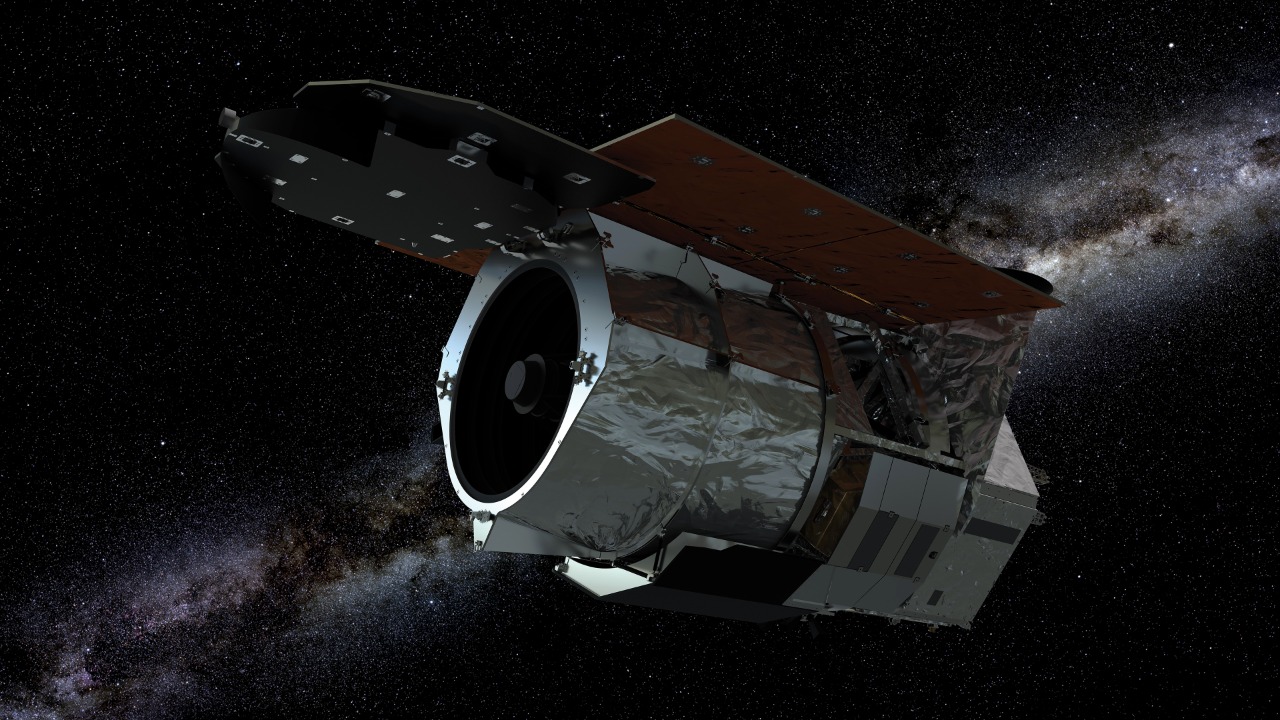
Upcoming missions like the Nancy Grace Roman Space Telescope (formerly WFIRST) could confirm or expand on this discovery through deeper surveys of the universe. These missions will provide more detailed observations of dark matter and its distribution, potentially uncovering more such clumps.[3]
Additional verification methods, such as multi-wavelength observations, could be used to rule out alternative explanations for the observed phenomena. These methods could provide further evidence for the existence and nature of these dark matter clumps.[1]
Broader Dark Matter Candidates
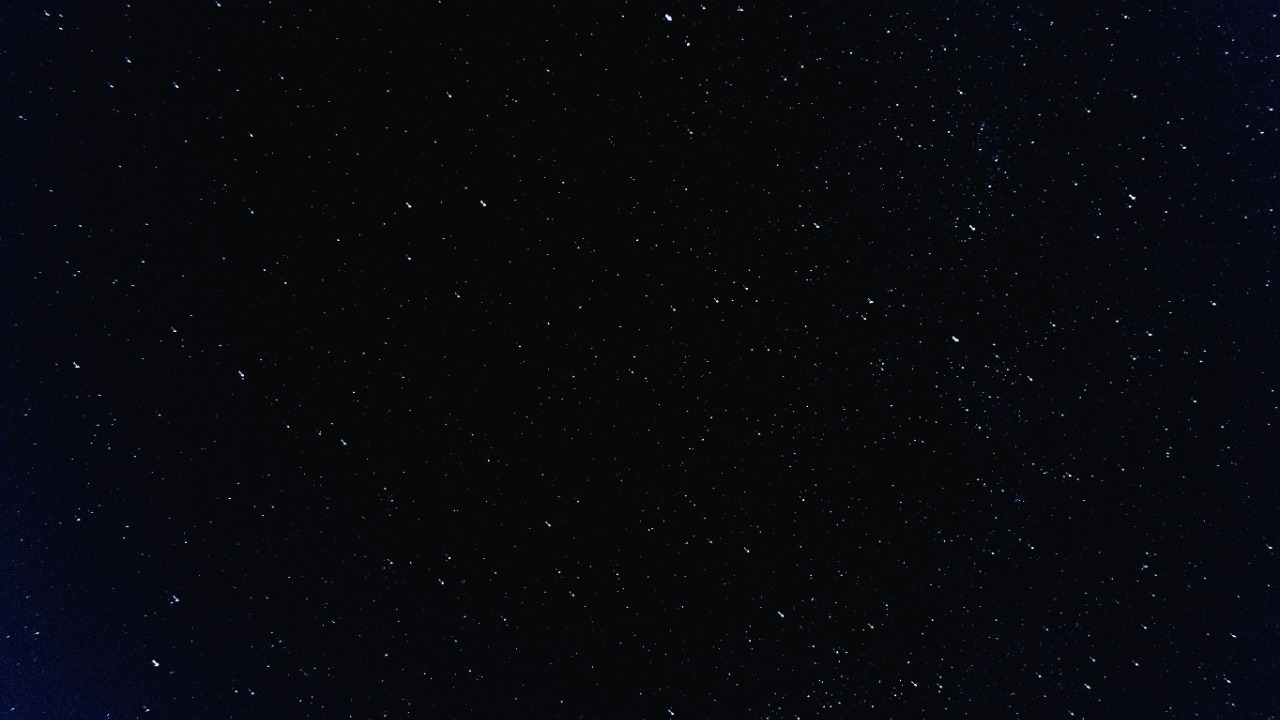
Alternative theories suggest that such clumps could arise from exotic particles or populations of black holes, providing potential solutions to the dark matter problem. These theories offer a different perspective on the nature of dark matter, suggesting that it could be composed of yet-undiscovered particles or objects.[4]
This observation could either align with or contradict particle-based dark matter searches, depending on the nature of the detected clump. Further observations and analyses will be crucial in determining the implications of this discovery for our understanding of dark matter.[4]